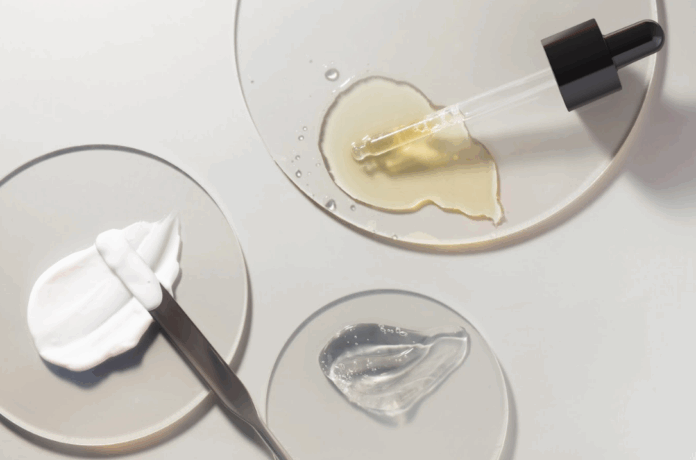A subsidiary of Air Liquide Healthcare, Seppic creates innovative cosmetic products thanks to its wide range of ingredients.
The company has published comprehensive new sensory characterization data for its ranges of emollients, polymers and emulsifiers. This detailed analysis provides formulators - who are increasingly expressing the need for sensory data to find the most suitable ingredient for their formulations - with an insight into the visual appearance, texture and skin feel of these key ingredients.
More specifically, Seppic has carried out an in-depth mapping of its Emogreen and Emosmart emollient ranges against market benchmarks such as mineral oils, silicones or squalane. This study highlights variations in glide, playtime, viscosity and skin feel.
Emosmart L15 (Inci: C13-15 Alkane), for example, offers the lightest touch and an evanescent feel, affichanting the same sensory profil as isododecane. In contrast, Emogreen HP 40 (Inci: C15-19 Alkane, Hydrogenated Polyfarnesene) offers extended playtime thanks to its higher viscosity and improved skin adhesion, resulting in a rich, comfortable sensory experience similar to dimethiconol or dimethicone. This sensory mapping provides formulators with all the information they need to replace certain ingredients and better meet consumer expectations.
A comparative sensory analysis of Seppic's polymers was also carried out, describing their visual appearance, consistency, product uptake, playtime and skin feel.
Infin, the characterization of Seppic's emulsifiers reveals their significative influence on the sensoriality of formulas, beyond their primary function. The analysis covers the entire application experience, from first contact with the texture to sensorial effects during and after application, including attributes such as penetration, comfort and skin feel.









